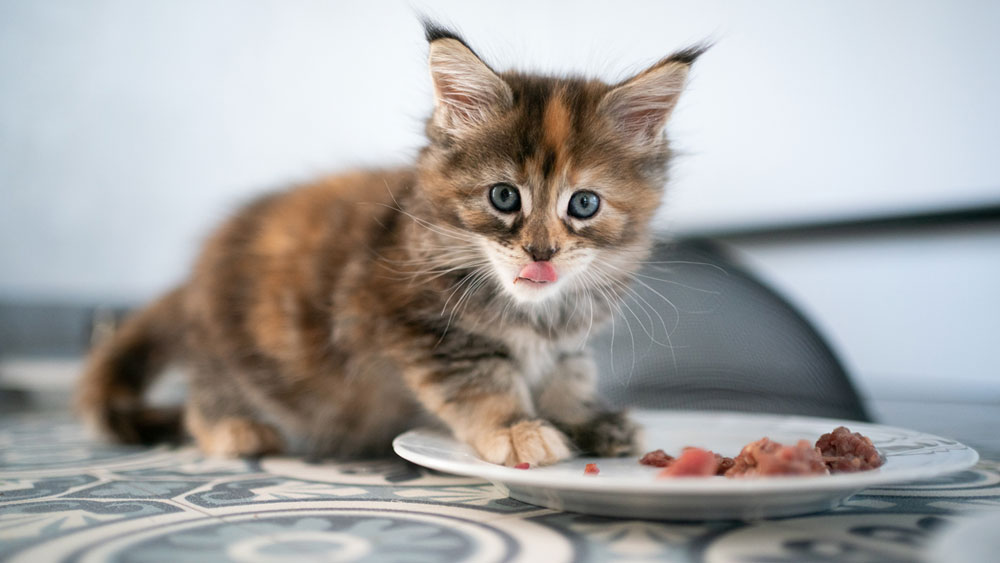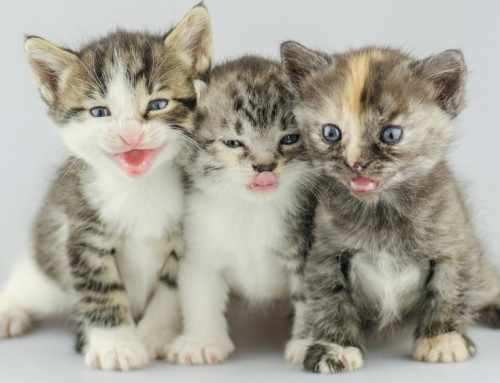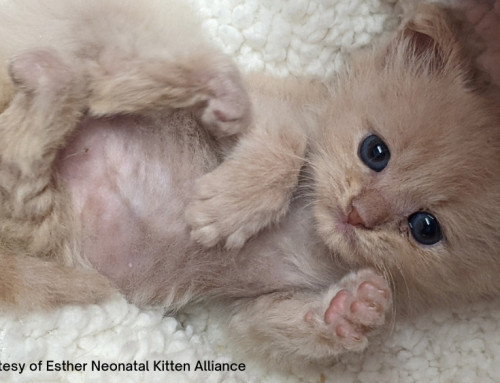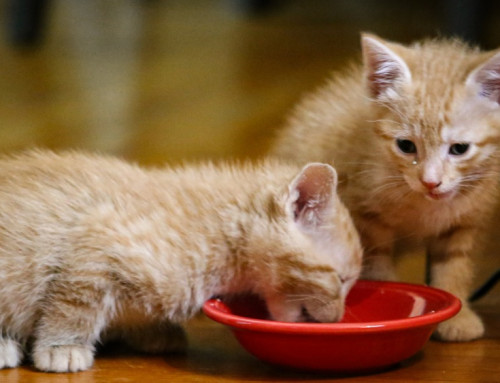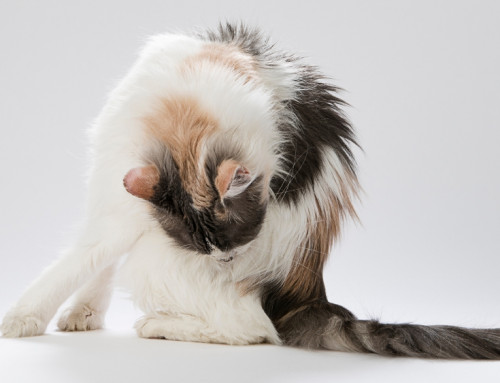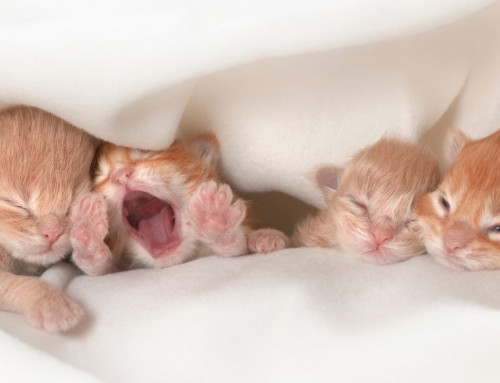Share this resource or email it to a friend!
Kittens can begin transitioning from nursing to food at about four weeks of age. Although choosing food and water bowls seems straightforward, it’s important to consider a few things to keep kittens, and cats, happy and healthy.
Material
- Stainless steel and ceramic bowls are best, as they can be easily cleaned to prevent the spread of disease and bacteria. Disposable takeaway trays are also a great option for foster kittens.
- Plastic should be avoided since it’s hard to safely clean and disinfect. This is particularly important for kittens, as their immune systems are not yet fully developed. In addition, some cats are allergic to plastic and develop feline acne that looks like little black spots under the chin.
Size and Shape
- Most cats prefer wide, shallow bowls so that their whiskers don’t touch the sides. Kittens need to be able to reach the food easily and shallow plates work well.
- Kittens can be messy, especially when they’re weaning and walking in their food, so choose bowls that won’t tip over easily.
- Some cats, as they grow older, prefer to eat from slightly elevated bowls. Experiment to find what works best for your cat or kitten.
Location
- Place food and water bowls away from the litter box. No one wants to eat in the bathroom!
- Reduce stress by placing bowls away from busy and noisy areas and appliances, such as washers, dryers and furnaces.
- Locate water bowls on several levels of the house, especially for older cats with arthritis or cognitive issues.
Sharing
- In multi-cat households, gradually placing food bowls closer can help when introducing new cats or kittens to one another. Shared bowls can even help to encourage kittens to eat. However, if you notice any of the cats are not eating or one kitten or cat is hogging the food, space the bowls further apart or in different rooms.
- When placing water bowls, some cats prefer bowls in different parts of the house. If you find your kitten isn’t drinking water, try moving the water bowl away from the food bowl.
Cleaning
- Wash the water and dry food bowls daily with dish liquid and hot water or in the dishwasher.
- Remove uneaten wet food, especially in hot weather, and wash the dishes after each feeding.
- Provide fresh water daily as dirt, dust and sometimes toys accumulate in bowls.
- Disinfect bowls between foster litters according to your shelter’s or rescue’s protocol.
Alternative Feeders
- Puzzle feeders are activity stations that require cats to “hunt” for their food. They keep cats stimulated and enable them to express their natural hunting instinct. In addition, longer meal times can help to reduce overeating.
- Automatic feeders are also popular, especially when you can’t be home. They run on electricity, batteries or both. Automatic feeders can be set to release a specific amount of food at different times and can help to reduce overeating. They are not suitable for kittens as it’s important to monitor their food intake at each feeding.
Water Fountains
- Some cats happily drink from a running tap, but are unimpressed by their water bowls. Water fountains can help to encourage cats to drink more, which is especially important for older cats with kidney disease.
- Water fountains run on electricity, batteries or both and have filters. It’s important to choose one with filters that are easily cleaned, replaced and affordable, with bowls that can easily be cleaned.
Now that you know more about choosing and cleaning food and water bowls, it’s time to shop!

